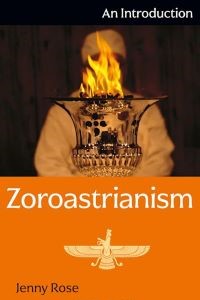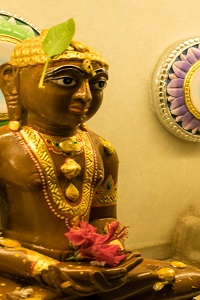How will these resources help you?
Since 2001, some form of question about the respondent's religion has been included in the UK Government Census. With three sets of data on this now available we are able to see trends and patterns of belief and non-belief in England and Wales. In 2021, those identifying as 'Christian' was lower than 50 per cent for the first time. Many resources on the main religions are available to teachers of religion and worldviews. The resources here are aimed at helping teachers to approach some of the lesser-known religions mentioned in the Census. The list unpacks the tools used by ONS to gather the data and offers resources that enable teachers to explore religions with growing numbers of followers.
The Census Results

How am I represented in Census 2021 data?
by Sarah Wood, published by The Office for National Statistics, (2022)
Described as the most inclusive Census ever, the 2021 England and Wales Census included more opportunities for people to identify their religion or non-religious belief than before. With broad opportunities for people to self-identify, the Office for National Statistics needed to find a method to translate the data into meaningful statistics. This article explains the process of how over 400,000 responses were collated for statistical analysis. As a case study, it would be fascinating to explore the demographics of religious belief and to apply sociological discipline to the study of religion more broadly through questions of defining 'religion'.
Shamanism in Britain

Why are so many young people in the UK turning to shamanism?
by Alex Daniel, published by Dazed Digital, (2023)
In the 2011 Census, 650 people stated that their religion was ‘shaman’ and by 2021 this had increased to 8000, making shamanism officially the fastest growing belief system in England and Wales. Without a centralised authority or scripture, it can be hard to define what the shamanistic religion is – this resource discusses what followers may understand by shamanism, as well as the possible reasons for its increase. Its emphasis on a connection to the earth and alternative forms of medicine, climate anxiety and a dissatisfaction with western medicine could explain the increase that has been seen particularly among Gen Z and Millennials. This resource enables discussions around the 2021 census, the nature of religion itself, and the interaction between religious belief and current societal challenges, such as the climate crisis and the fallout from Covid-19.
Zoroastrianism- the world’s oldest monotheistic faith

Zoroastrianism: An introduction
by Jenny Rose, published by Bloomsbury Academic, (2019), 9781350128712
In the 2021 Census, 4000 people self-identified as Zoroastrian – often seen as the world’s oldest monotheistic faith. Zoroastrian views had a profound influence on other religions and cultures as they emerged and evolved, with its key themes of a battle between good and evil, a judgement day, life in the hereafter and an emphasis on personal responsibility to work for good and overcome evil. In this resource, Rose outlines the key teachings and practices of this ancient Persian faith. With an emphasis on 'Good thoughts, good words, good actions', we can see the relevance of such a faith to the world today. The author has also created a short video, 'Zoroastrianism: A Lived and Living Faith'.
Watch this video: https://youtu.be/ZWcX2WOzGCY
Watch this video: https://youtu.be/ZWcX2WOzGCY
The Jain Tradition

An introduction to the Jain faith
by Nalini Balbir, published by British Library, (2019)
The UK-based organisation The Institute of Jainology encouraged Jains to complete the 2021 Census with the suggestion to ‘Choose other, select Jain’ as part of a campaign to have the Jain faith more recognised as a religious group in England and Wales. Twenty-five thousand people did this, leading to a slight increase in numbers from the 2011 census. A common misconception about the Jain faith is that it is a branch of Hinduism, however, it is a distinct religion. This article gives a good introduction to the Jain worldview and the principles within the faith. Teachers who wish to explore the relationship between religion and environmental issues, the climate crisis and global citizenship more broadly will find the Jain faith a fascinating addition to the worldviews they may already be covering.
Further materials
The Yezidis; The history of a community, culture and religion by Birgül Açikyildiz, published by I.B. Tauris, (2014), 9781784532161
Find this book
The Forum: Sacred flames that burn for hundreds of years, published by BBC World Service, (2018)
Listen to this clip
Alevism as an Ethno-Religious Identity: Contested Boundaries by Celia Jenkins, Suavi Aydin and Umit Cetin, published by Routledge, (2020), 9780367519100
Find this book
Rastafari Movement – African Renaissance: When Art Meets Power by Afua Hirsch, published by BBC Four, (2020)
Watch this clip
Ruth Marx teaches Religion and Worldviews, is a Consultant for Religious Studies and PSHE, a Farmington Fellowship Scholar and a published blogger on Re:Online.
Text © Ruth Marx, 2023.
Text © Ruth Marx, 2023.



